Create Pricing Models Like AWS and Twilio with Events-Based Billing
Chargify
AUGUST 17, 2020
Backed by an army of developers, data engineers, and finance professionals, this events-based billing model allowed these large companies to directly link the value that their services provided with the cost presented on a customer’s invoice. What Amazon Web Services and Twilio Get Right. How AWS Does It.


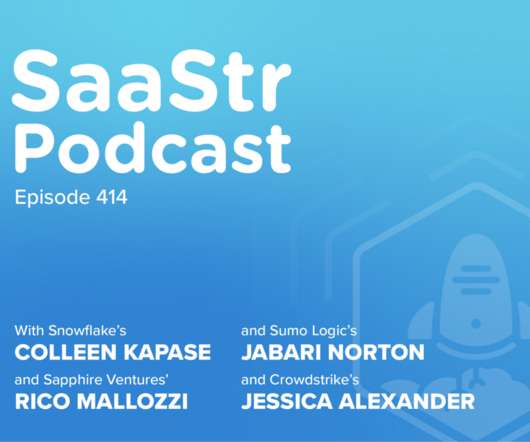
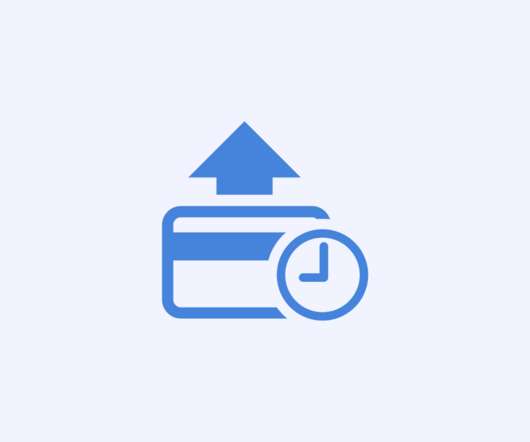
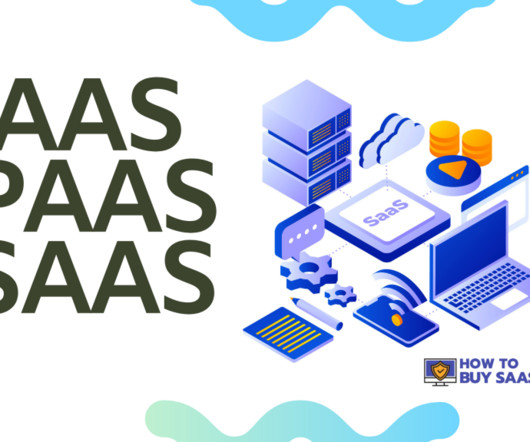

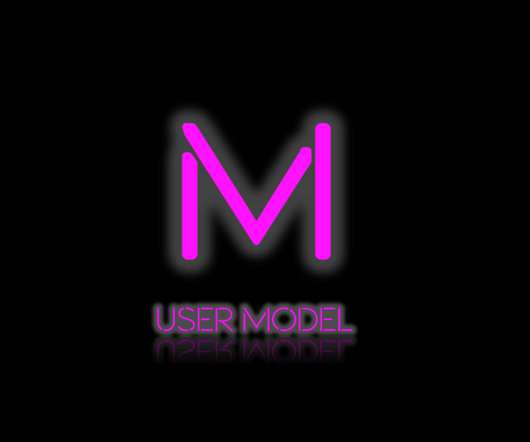
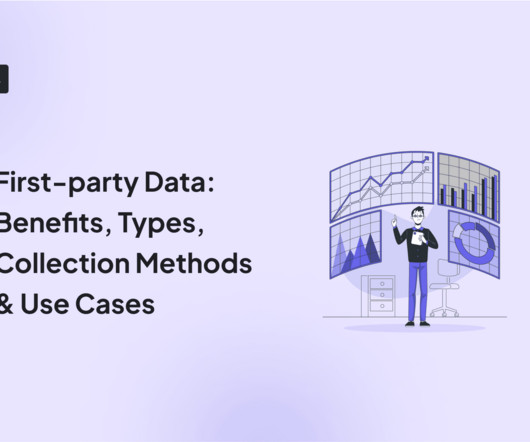







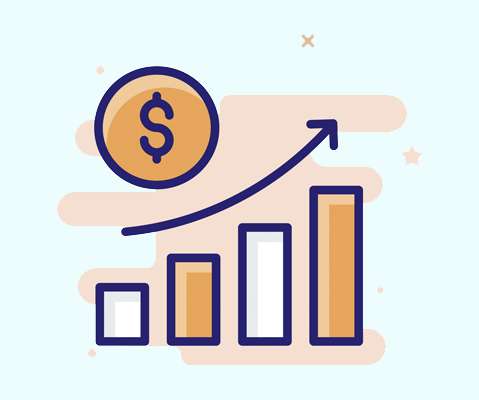
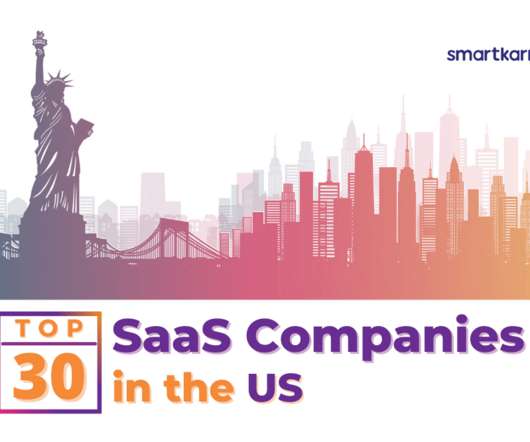










Let's personalize your content